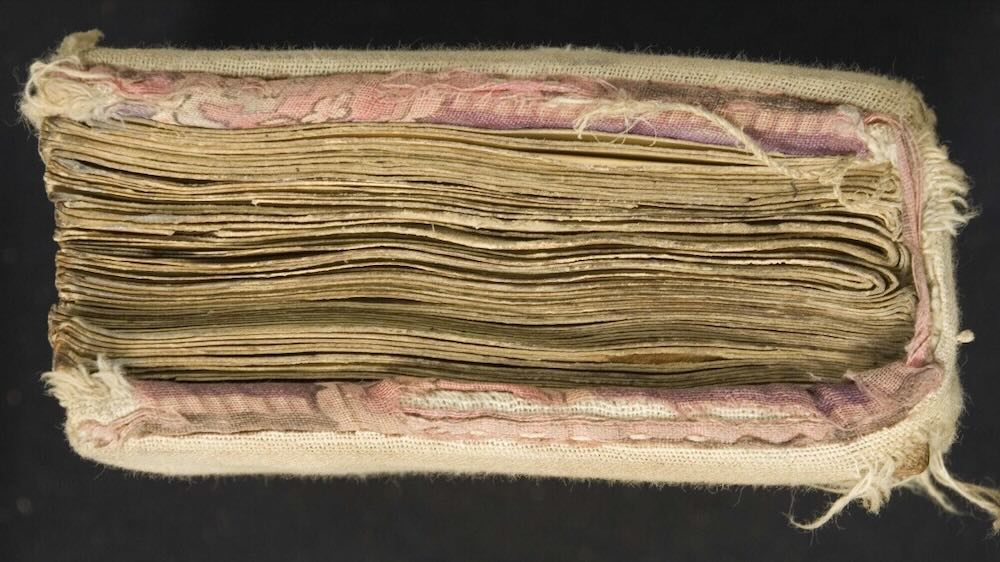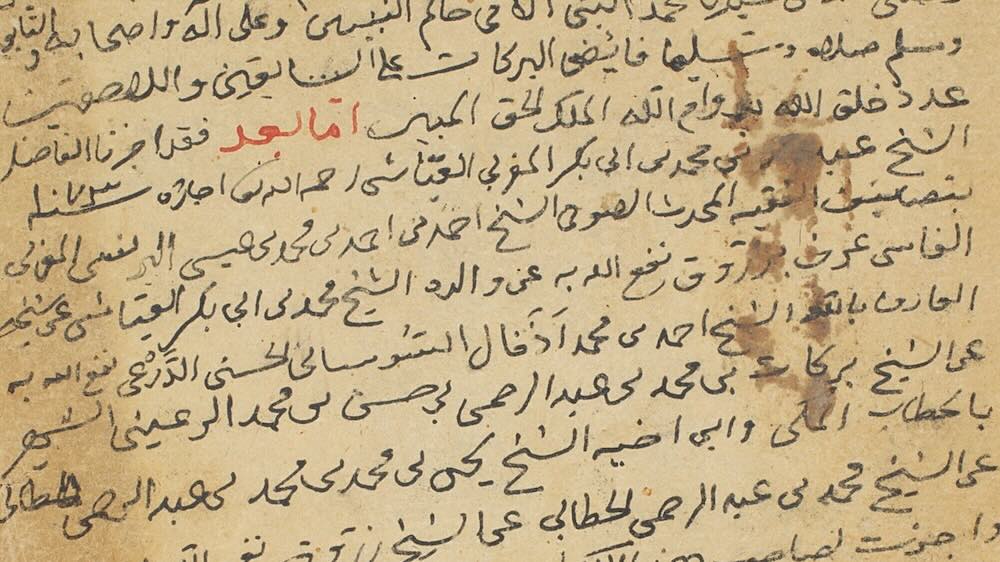But Ask The Animals, And They Will Teach You
But Ask the Animals, and They Will Teach You
This story is part of an ongoing series of editorials in which HMML curators and catalogers examine how specific themes appear across HMML’s digital collections. From the Eastern Christian collection, Dr. Ani Shahinian has this story about Animals.

“But ask the animals, and they will teach you,
the birds of the air, and they will tell you;
ask the plants of the earth, and they will teach you,
and the fish of the sea will declare to you.
Who among all these does not know
that the hand of the Lord has done this?
In his hand is the life of every living thing
and the breath of every human being.”(Job 12:7–10)
Why do we find the presence and descriptions of animal creatures all throughout the unfolding narratives and poetry of scripture? Beautiful images and ornamented illustrations of the natural living world engage the imagination of the person who studies these manuscripts in history.
Illuminations found in collections of Armenian manuscripts depict the splendor of the animal world. What is truly on the mind of a scribe who copies the treasured texts and illuminates them with artistic beauty? What is the purpose of bringing the natural world (i.e., fish, birds, lions, flora and fauna) onto a folio? What would the animals teach and declare to the one who listens?

These types of questions engaged my imagination as I cataloged and studied the extraordinary illuminated Armenian manuscripts in the collections of the Armenian Patriarchate of Istanbul in Turkey; the Armenian Church, Diocese of Aleppo, in Syria; and Our Lady of Bzummār Convent in Bzummār, Lebanon.
Day Five: Creation of the Animals
Animals in manuscript illuminations take my imagination to the creation story in Genesis, where we meet animals of all kinds (Genesis 1:14–19). In the Christian and Hebrew scriptures, it is on day five—before the creation of human beings—when the animals in the sky, water, and land are created by God through His spoken word. On day six, when human beings are created in the image and likeness of God (Genesis 1:27), they are given authority and responsibility to name and care for the animal kingdom.
The artist or scribe enhances the storytelling as they illuminate the text. When they illuminate a manuscript and incorporate animals on land, sea, and sky, and flowers of the field, the artist brings to life the harmony of creation described in the text and makes it accessible through the means of colors and shapes. In an extraordinary manner, through this act of creativity, the artist enters into the act of creation—displaying the layers of symbolic meaning in the text and image, reminiscent of the creation story in the Garden of Eden.


Interwoven with Narrative
Whether in the scene at creation, in a prophetic vision, or at the birth of Christ at Bethlehem, animals are present.

Similar to the wider Christian traditions, animals in Armenian manuscripts were often used to symbolize biblical themes and make connections throughout biblical stories and prophecies. For example:
- Lions represent power, royalty, and the resurrection of Christ.
- Oxen represent strength and redemption and life through sacrifice.
- Doves are frequently associated with God’s peace throughout scripture. In the New Testament, we experience the Holy Spirit represented as a dove descending from Heaven, seen in famous scenes of the Annunciation and the baptism of Christ, and even in artistic depictions of Pentecost.
- Lambs symbolize innocence and are often depicted to represent Christ or as sacrificial figures, particularly in liturgical manuscripts.
- Peacocks symbolize immortality and resurrection, due to the belief that their flesh did not decay.
- Eagles symbolize spiritual ascent or vigilance, for their sight and vision.
Christian scriptures—including the creation story, the nativity scene, and prophetic visions like Ezekiel’s vision and the apocalypse of John’s vision in Revelation—pick up the themes of animals as venues of communicating in symbolic terms. But animals not only play an important symbolic role in enhancing the story; they also engage with the biblical narratives, part of the action themselves.

Becoming the Words
Illuminated manuscripts were important visual medium of expression in Armenian culture, and calligraphy was a very important element in the art of Armenian manuscripts. Animals incorporated into calligraphy often carry distinctive characteristics shaped by Armenian Christian culture and artistic traditions.
A prominent example of this is the t‘ṛchnagir (Թռչնագիր), zoomorphic script. To produce special effects, flexible human or animal figures and rich plants and flowers were used to display eccentric shapes by decorating the capitals or corners of the folio. For example, see the opening words of the Gospels decorated with zoomorphic script, with animals from Ezekiel’s vision accompanying the illuminations of the four evangelists.




A Sense of Place
One may observe that these manuscript illuminations not only enhance the storytelling and the theological message, but they also reveal unique environmental and agricultural landscapes of the natural beauty of the artists’ homes, such as the Armenian Plateau. Perhaps the use of animal illustrations suggests that animals support a ritual function, possibly in connection with agricultural cycles and the role of the natural world.
Across time, these illustrated animals are reminders of our interdependence and connection to the natural world. We find them grafted into letters in t‘ṛchnagir; as beauty in marginalia; as actors in our own stories; and in the saghmosaran (psalter) and sharakans (hymns), singing the psalms and sharakans in their own way, with us.



Further Reading:
Der-Nersessian, Sirarpie, 1973, Armenian Manuscripts in the Walters Art Gallery, Walters Art Gallery, Baltimore, MD.
Mathews, Thomas F., 1994. Treasures in Heaven: Armenian Illuminated Manuscripts, The Pierpont Morgan Library, New York.
Nersessian, Vrej, 2001, Treasures from the Ark: 1700 Years of Armenian Christian Art, Getty Museum, Los Angeles.
van Lint, Theo Maarten, 2019. “The Miniature of Ezekiel's Throne Vision in the Erznka Bible of 1269 (J1925) and its Textual Background” in Bläsing, Dum-Tragut and van Lint 2019, 403-421.




